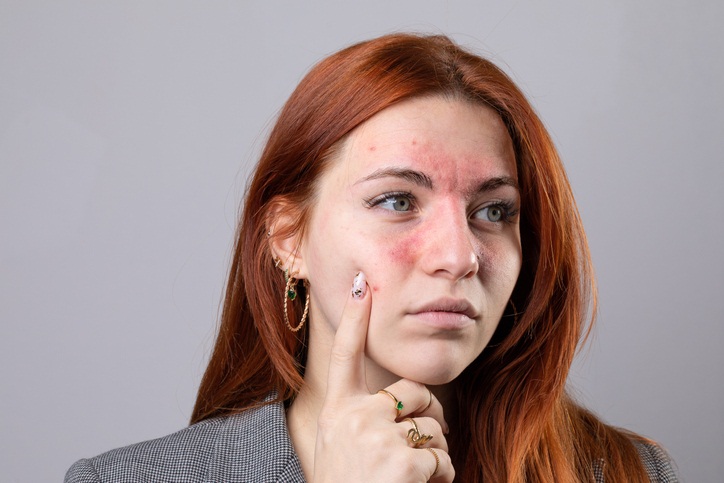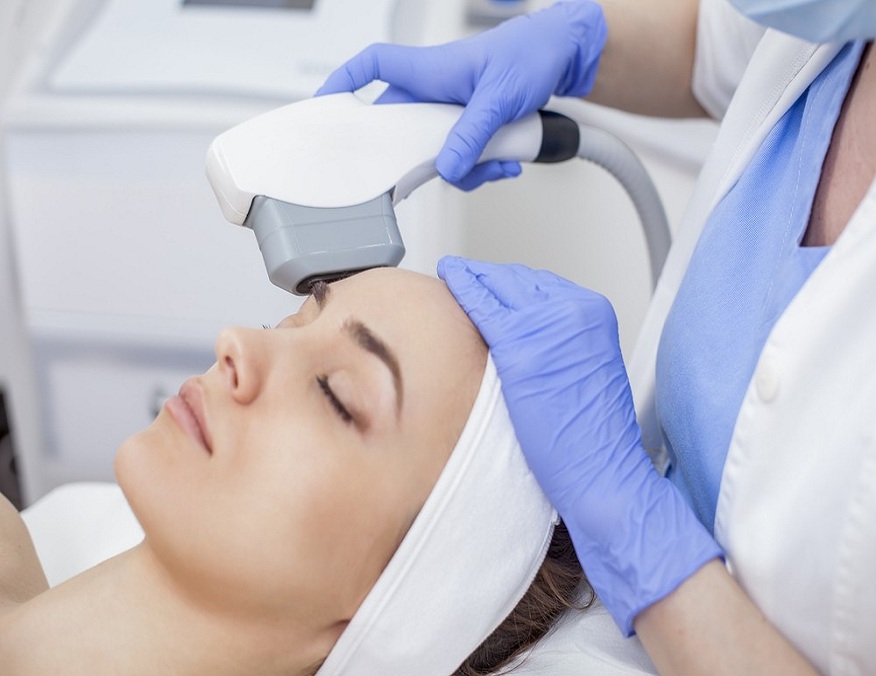
Rhinophyma is a type of rosacea that is unrelated to binge drinking despite the fact that it is sometimes mistakenly linked to alcoholism. Though its exact etiology is still unknown, factors like androgenic hormones, especially in white guys over 50, and long-term rosacea are thought to play a role in its development.
Although most people believe that alcoholic rhinophyma, or “alcoholic nose,” is a medical ailment, it is actually not caused by alcohol use disorder or alcoholism. Detox to Rehab is the right place to diagnose this problem.
What are the causes?
Rhinophyma, often termed “alcoholic nose,” is actually a manifestation of rosacea unrelated to heavy drinking. Its exact cause remains uncertain, but factors such as the following may contribute to this problem:
- Long-term rosacea
- Androgenic hormones
- Light skin
- Specific ancestry
- Family history.
As such, alcohol may not be directly responsible for causing rhinophyma; however, it can aggravate rosacea symptoms, mostly flushing, and medical professionals usually discourage such persons from avoiding it with the condition.
While not all individuals having rosacea may develop rhinophyma, chronic infections are more common among those who do, as fluid retention in the skin may cause bacterial growth.
What treatments can be offered for rhinophyma?
Treating rhinophyma can be a two-fold process, which will depend upon on how long the patient is suffering in such case.
If the patient is showing an inflammation sign due to any bacterial infection, then doctors may prescribe oral antibiotics like tetracycline so that infection can be managed. However, in certain cases, multiple methods can also be prescribed for managing the thickened skin.
Topical treatments
Treatment for rhinophyma may involve isotretinoin to shrink oil glands, topical retinoids in early stages, and metronidazole or azelaic acid. Advanced cases may require topical ivermectin, oral isotretinoin, or brimonidine.
Surgical treatments
For advanced rhinophyma, effective management often involves physically removing excess tissue. Carbon dioxide laser surgery is preferred for its precision, sometimes combined with dermabrasion.
Surgical approaches must avoid cartilage disturbance, ensuring proper healing with minimal scarring. Additionally, doctors may utilize dermabrasion, cryosurgery, and electrical currents alongside lasers. This multi-solution approach aims to comprehensively address damaged tissue for optimal results.
When undergoing surgical procedures, caution must be used to prevent damaging cartilage while maintaining sufficient skin to promote healing and minimize scarring.


